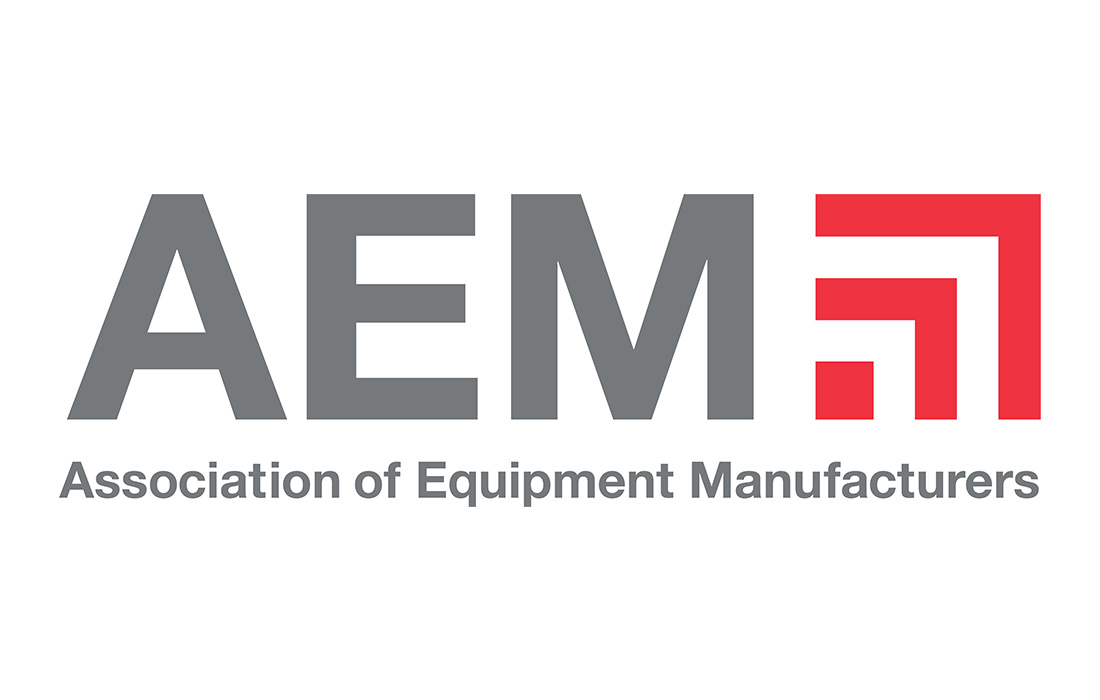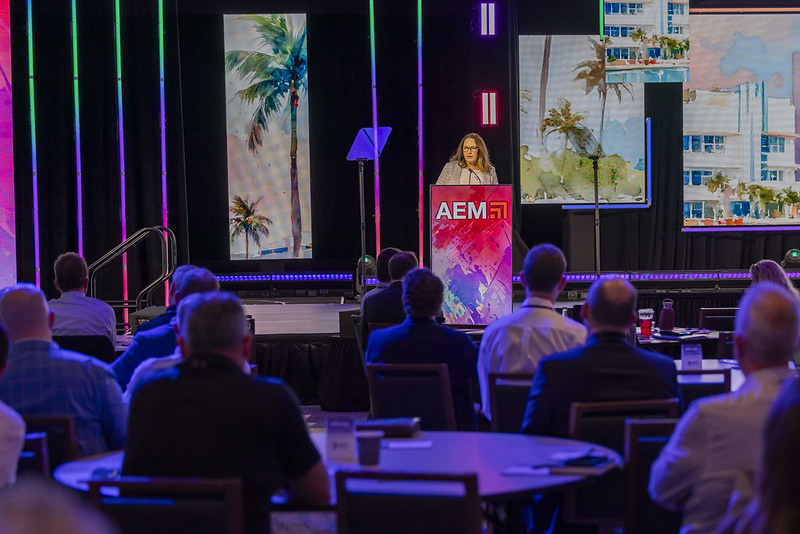After a two-year transition period, full implementation of the European Union’s Carbon Border Adjustment Mechanism (CBAM) is set to begin on Jan. 1, 2026.
Designed to support the EU’s decarbonization goals, CBAM functions as a tariff placed on carbon emitted during the production of specific carbon intensive goods entering the EU single market, including aluminum, iron, and steel. This carbon tax requires companies to gather detailed supply chain information to determine the direct and indirect emissions associated with their products.
“CBAM charges a tariff on the embedded carbon content of certain imports from non-EU countries,” explained Amy Ryu, head of product at Tracera, an AI-powered sustainability data collection platform. This tariff is designed to counter the risk of “carbon leakage” that results from EU companies importing carbon intensive raw materials from abroad, as opposed to buying them from companies in the EU that must pay a carbon price. To that end, CBAM seeks to equalize the charge imposed on the same goods that are produced in the EU.
With respect to emissions data collecting, companies exporting products to the EU will no longer be able to rely on “default values” to meet their compliance requirements. In fact, default values will be limited to just 20% of a product’s total carbon footprint.
“That means emissions data must now be collected directly from suppliers,” said Ryu, who was a featured presenter during an AEM Member Education Webinar on Sept. 18. “Additionally, starting in January 2026, there is a chance that a company’s data could be audited to ensure that accurate numbers are being reported. Obtaining accurate, verifiable information from your suppliers, and ensuring that you’re reporting on the correct figures aligned with your customs declarations, is becoming more important as 2026 fast approaches.”
In order to assist the non-road industry in its understanding and navigation of ESG-focused reporting regulations, AEM has released a comprehensive resource webpage focused on the EU’s Carbon Border Adjustment Mechanism (CBAM).
EU importers must purchase CBAM certificates based on the total amount of embedded emissions associated with the products they are importing. Although the scope of CBAM is expected to expand in the future, there are currently six “high carbon intensity” products under the scope of the regulation:
- Fertilizers
- Cement
- Hydrogen
- Electricity
- Iron and Steel
- Aluminum
To ensure compliance, OEMs and their suppliers should work to identify which of their products fall within CBAM’s scope. That means establishing an auditable process and verified sources of data to ensure due diligence is being performed.
Potential steps may include:
- Identifying which products and parts being sold are in scope
- Engaging suppliers
- Gathering and consolidating relevant data
- Calculating emissions
- Submitting data to customers
There’s no arguing the importance of OEMs and their suppliers establishing a structured process for collecting CBAM data. However, doing so can be an incredibly complex and frustrating process, and that puts strains on suppliers and OEMs when trying to sell in the EU market. The official EU template is also very complicated, leading to a ton of confusion among the regulated stakeholder community.
In response, AEM’s CBAM Working Group created a reporting template and best practice guide to help simplify the reporting burden for the supply chain. Both are available on AEM’s CBAM Resource Page. AEM’s simplified reporting template, which happens to be an Excel document, contains several useful worksheets to aid users in fulfilling compliance obligations.
To learn more about CBAM and its reporting obligations before implementation goes into effect this coming January, watch the video below and contact AEM’s Jason Malcore at jmalcore@aem.org.
Learn More
To help the non-road equipment manufacturing industry meet Carbon Border Adjustment Mechanism (CBAM) requirements, AEM and its member companies are providing educational resources intended to outline the best practices for impacted stakeholders, as well as a simplified reporting template intended to gather and communicate this data down the supply chain. For more information, visit http://www.aem.org/safety-product-leadership/eu-carbon-border-adjustment-mechanism-cbam.





